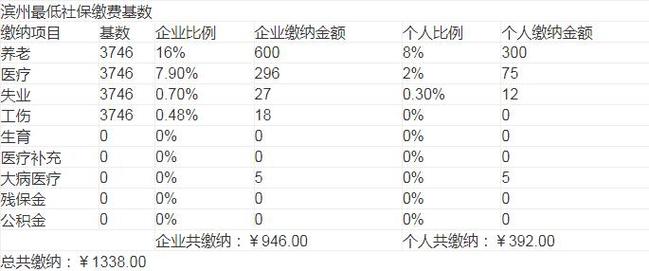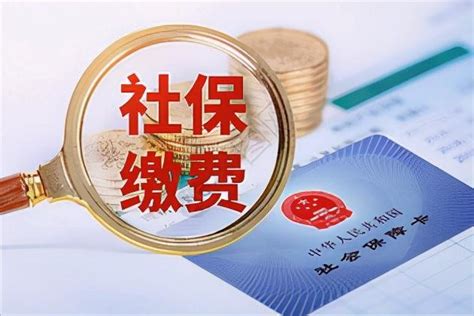保险英语作文
Title: Understanding the Chinese Insurance Industry
The Chinese insurance industry has experienced significant growth and transformation over the past few decades, reflecting the country's economic development and changing demographics. In this essay, we will delve into the key aspects of the Chinese insurance sector, its current status, challenges, and future prospects.
Overview of the Chinese Insurance Market:
China's insurance market is one of the largest and fastestgrowing in the world. It comprises various types of insurance products, including life insurance, property insurance, health insurance, and others. The industry is regulated by the China Banking and Insurance Regulatory Commission (CBIRC), which oversees licensing, compliance, and risk management.
Key Players and Market Dynamics:
The Chinese insurance market is dominated by several major players, including China Life Insurance, Ping An Insurance, and PICC Property and Casualty Company Limited. These companies compete fiercely for market share through innovative product offerings, extensive distribution networks, and effective marketing strategies.
The market dynamics are influenced by factors such as rising disposable incomes, increasing awareness of insurance products, regulatory reforms, and evolving consumer preferences. Additionally, technological advancements and digitalization have spurred the development of online insurance platforms and InsurTech startups, further reshaping the competitive landscape.
Types of Insurance Products:
1.
Life Insurance:
Life insurance is the largest segment of the Chinese insurance market, accounting for a significant portion of total premiums. It provides financial protection to individuals and their families against the risks of death, disability, and illness. Common life insurance products include term life, whole life, and universal life policies.2.
Property Insurance:
Property insurance covers damages or losses to physical assets such as homes, automobiles, and businesses. It offers protection against perils like fire, theft, natural disasters, and liability claims. Property insurance is essential for both individuals and businesses to safeguard their assets and mitigate financial risks.3.
Health Insurance:
With the aging population and increasing healthcare costs, health insurance has become increasingly important in China. Health insurance policies provide coverage for medical expenses, hospitalization, critical illness treatment, and preventive care services. The government has also been promoting health insurance reforms to improve access to quality healthcare for all citizens.4.
Liability Insurance:
Liability insurance protects individuals and businesses from legal liabilities arising from negligence, errors, or omissions. It includes professional liability insurance, product liability insurance, and public liability insurance. As the regulatory environment becomes more stringent, demand for liability insurance is expected to grow across various industries.Challenges and Opportunities:
Despite its rapid growth, the Chinese insurance industry faces several challenges, including regulatory compliance, risk management, fraud prevention, and distribution channel optimization. Moreover, the COVID19 pandemic has brought about unprecedented challenges, including increased claims, investment volatility, and operational disruptions.
However, these challenges also present opportunities for innovation and growth. Insurers can leverage technology to enhance customer experience, streamline operations, and develop new insurance products tailored to evolving consumer needs. Moreover, expanding into underserved markets, such as rural areas and lowertier cities, offers significant growth potential for insurers.
Future Outlook:
Looking ahead, the Chinese insurance market is poised for continued growth and transformation. With the government's support for financial sector reforms and consumer protection initiatives, the industry is expected to become more competitive, dynamic, and resilient. Insurers that can adapt to changing market dynamics, embrace digitalization, and focus on customercentric strategies will be wellpositioned to succeed in this rapidly evolving landscape.
In conclusion, the Chinese insurance industry is undergoing a period of profound change, driven by economic, demographic, and technological shifts. By understanding the key trends, challenges, and opportunities, insurers can navigate this evolving landscape and contribute to the financial wellbeing of individuals and businesses across China.
References:
1. China Insurance Regulatory Commission (CIRC)

2. China Insurance Yearbook
3. McKinsey & Company, "China Insurance Market Outlook"
4. Deloitte, "Insurance in China: Opportunities and Challenges"
5. KPMG, "China Insurance Outlook"











